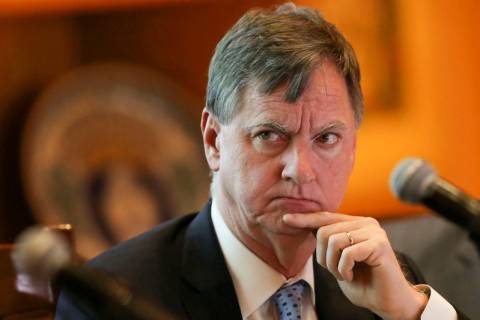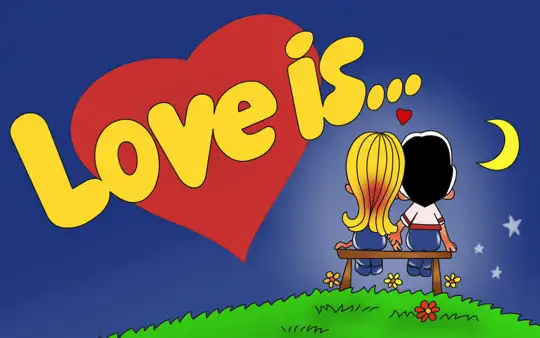By Lindsay Dunsmuir and Dan Burns

(Reuters) -Two of the Federal Reserve's more dovish policymakers on Tuesday signaled they and their colleagues remain resolute and completely united on getting U.S. interest rates up to a level that will more significantly curb economic activity and put a dent in the highest inflation since the 1980s.
Moreover, one of them - San Francisco Fed President Mary Daly - said she was puzzled by bond market prices that reflect investor expectations for the central bank to shift to rate cuts in the first half of next year. On the contrary, she said her expectation is the Fed will keep raising rates for now and then hold them there for a while, remarks that triggered a wave of selling in rate-futures markets.
Fed Chair Jerome Powell said last week the central bank may consider another unusually large rate hike at its Sept. 20-21 policy meeting, with officials guided in their decision making by more than a dozen critical data points covering inflation, employment, consumer spending and economic growth between now and then.
Chicago Fed President Charles Evans said on Tuesday that if inflation does not abate before then, he would back such a move.
If you really thought things weren't improving ... 50 (basis points) is a reasonable assessment but 75 could also be okay. I doubt that more would be called for, Evans told reporters during a question-and-answer session at the regional bank's headquarters in Chicago, effectively dismissing the prospect of raising rates by a full percentage point next month.
Evans, however, added that he still hopes that if inflation finally begins to move down, the central bank can proceed with a 50-basis-point hike next month, followed by a series of 25-basis-point increases through the first part of next year.
The central bank raised its benchmark overnight lending rate by another three-quarters of a percentage point last week to a target range between 2.25% and 2.50%. It has hiked that rate by 225 basis points since March as officials have been increasingly aggressive to try and quash stubbornly high inflation even as recession fears gather pace.
'NOWHERE NEAR'
Evans noted that he thinks the Fed's policy rate will have to rise to between 3.75% and 4.00% by the end of next year, but cautioned against too quick a path to get there should it have to retrench unexpectedly on the back of a changing landscape.
The San Francisco Fed's Daly was even more emphatic in rebuffing rate futures market prices that had suggested an abrupt shift in direction by the Fed in early 2023, saying the central bank's work of bringing down inflation is nowhere near almost done.
That would not be my modal outlook, she said in an interview streamed on LinkedIn and hosted by a CNBC anchor. My modal outlook, or the outlook I think is most likely, is really that we raise interest rates and then we hold them there for a while at whatever level we think is appropriate.
We have made a good start, and I feel really pleased with where we've gotten to by this point, but there is still a long way to go to lower inflation from four-decade highs, Daly said.
The economy continues to flash conflicting signals with the tightest labor market in decades strongly pushing up labor costs in the second quarter but economic growth contracting for a second straight quarter. The Fed is trying to dampen demand across the economy to help bring down price pressures without causing a spike in unemployment.
In an encouraging sign, U.S. job openings fell by the most in just over two years in June as demand for workers eased in the retail and wholesale trade industries, the Labor department reported on Tuesday, suggesting wage growth could slow in the second half of 2022.
Evans said that he had downgraded his expectations for economic growth this year and now sees it coming in at 1% or lower, but added that he still sees a path for the Fed to bring down inflation while keeping the unemployment rate below 4.5%.
(Reporting by Lindsay Dunsmuir and Dan Burns; Editing by Chizu Nomiyama and Paul Simao)
